#sheldon moldoff
Text
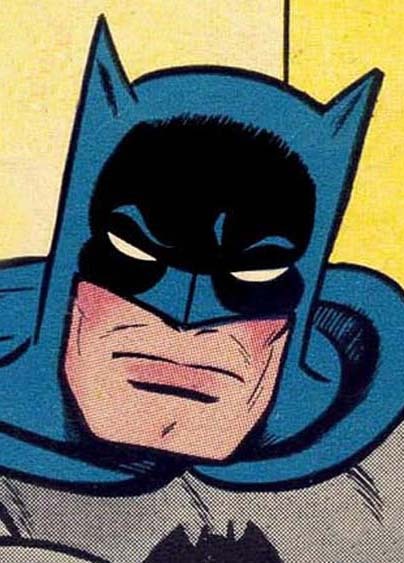
Sheldon Moldoff art - Batman - 1961
81 notes
·
View notes
Text

October 1966. You can't keep a dead butler down. About two years after killing off Alfred the butler in 1964, editor Julius Schwartz was faced with a problem: William Dozier, the producer of the forthcoming Batman TV show, wanted to include Alfred in the show, and wanted him reintroduced into the comics as well! Schwartz and writer Gardner Fox struggled with this challenge and finally came up with the utterly preposterous story presented in the issue above.
Even for a Silver Age Gardner Fox comic book, this story is exceptionally convoluted, so it's best considered chronologically. We begin with a flashback sequence involving iconoclastic "all-around scientific genius" Brandon "Plot Device" Crawford:
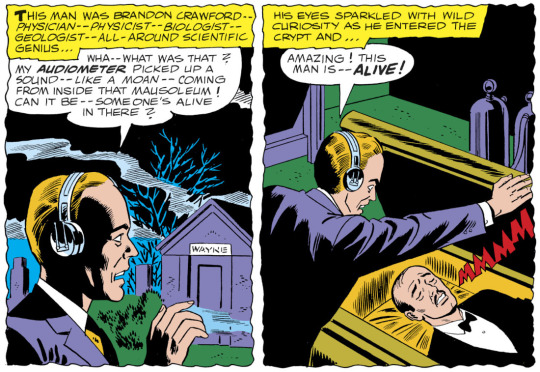
This is already straining credulity a little because the story in DETECTIVE COMICS #328 in which Alfred died (helpfully recapped elsewhere in this issue) showed that he had been crushed to death by a giant boulder. That did not seem survivable at all, and even if it were, this would imply that neither Batman and Robin nor whatever doctor who filled out Alfred's death certificate nor the mortician noticed that he wasn't actually dead! Anyway …

So, Alfred wasn't actually dead, he wasn't embalmed, and he was buried in a refrigerated coffin (that's what the purple cylinders in the last panel previous page were for). A stretch, but we'll allow it. However, upon discovering this, Crawford, instead of calling an ambulance like a normal person, seizes on the opportunity to do some Frankenstein shit with Alfred's maimed, broken, mostly dead body, as one does (if one is a reclusive "radical individualist" who dropped out of college to pursue unorthodox, dubiously ethical scientific experiments, I guess).
One of the initial objects of Schwartz's tenure had been to rid the Batman books of the fantastical aliens, monsters, and bizarre transformations of the 1957–1963 period in favor of something a little more grounded. All that goes out the window here, despite the rather defensive editorial footnote, which says:
EDITOR'S NOTE: Physics professor Robert Ettinger, author of "The Prospect of Immortality," has said that death can only be defined in relative terms. He points to the hundreds of persons revived after drowning, asphyxiation, electrocution, and heart attack. "Biological death depends not only on the state of the body," Ettinger says, "but also on the state of medical art!"
Okay, then. On to the Frankenstein shit:
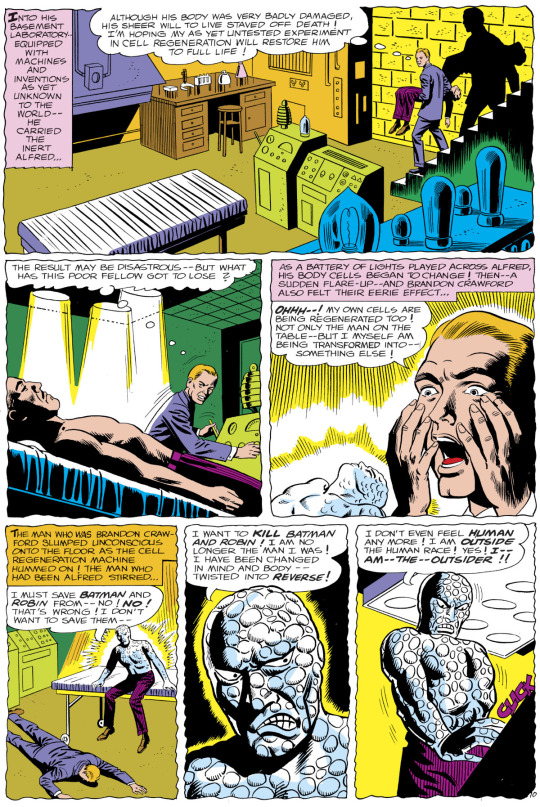
So, Crawford's experimental cell regeneration machine has restored Alfred's broken body, but in the process transformed him into an unrecognizable, rather hideous-looking being who is also evil. Check! The regeneration effect we see Crawford panicking about then transforms him so that he looks like Alfred, while leaving him in "a catatonic trance." The Outsider, rather ungratefully, puts Crawford's unconscious body back in Alfred's coffin to cover his tracks, and uses Crawford's various machines and his own "increased mental power" in his new quest to destroy Batman and Robin.
This was not the first appearance of the Outsider, who had actually been hounding the Dynamic Duo on and off since DETECTIVE COMICS #334 two years earlier, although he had never appeared on-panel, and his identity had been a mystery. Where Schwartz originally intended to take that plotline is not clear (Schwartz's own account doesn't say, and Gardner Fox said later that he didn't think Schwartz had a solution in mind at the outset), but it doesn't seem likely that revealing the Outsider as Alfred was the plan, particularly since subsequent Outsider stories had shown that the villain had superhuman powers, including the ability to bring inanimate objects to life! In this story, the Outsider really does transform Robin into a wooden coffin, as the cover indicates — it's not a hypnotic illusion or some other such dodge. Fortunately, the effect is reversed after the villain is defeated:

Batman's determination to keep these events secret from Alfred is bizarre, since Alfred's death is a matter of public record: As seen in DETECTIVE COMICS #328, Bruce Wayne started a charitable foundation in Alfred's name, with its own building in Gotham City! Batman suggests that they can rename the charity the Wayne Foundation (as of course they subsequently did), but how he expects to resolve the various problems created by Alfred having been legally dead for months without his finding out is unclear. They do take the time to retrieve Crawford (who has miraculously not suffocated or starved to death in Alfred's coffin) and use his machine to return him to normal, after which Batman suggests that Bruce Wayne will give Crawford a job at the renamed foundation.
If you're wondering, "Wait, does this mean Alfred now had super-powers?" the answer is yes! Since he didn't retain any conscious memory of his death and resurrection, he was normally unaware of this, but Alfred's evil Outsider personality resurfaced several times, and he sometimes spontaneously reverted to the Outsider's form, in which he once again had supernatural abilities:

Notice the background, with the buildings burning like candles? The Outsider did that with his mental powers, along with a bunch of less grandiose but equally impossible feats. Fortunately, they reverted to normal after he split into separate good (Alfred) and evil (Outsider) selves and defeated himself. The Outsider resurfaced once more in 1985, battling the Outsiders and nearly killing Superman by transforming the Batcave's giant penny into Green Kryptonite.
I guess this whole saga did resolve the problem of resurrecting Alfred for the TV show, but in what I think can fairly be called the most ludicrous way possible. (And you thought the PENNYWORTH show spun out of GOTHAM was silly …)
#comics#detective comics#gardner fox#sheldon moldoff#joe giella#julius schwartz#carmine infantino#alfred pennyworth#batman#bruce wayne#robin#robin the boy wonder#dick grayson#batman 66#batman family#jim aparo#i love that crawford has this whole frankenstein scheme#including his little speech about the world not appreciating his genius#and it's a complete throwaway#he's not even a supervillain he's just some guy#the pennyworth show actually isn't that ludicrous at the outset#but it takes a sharp detour into crazytown as the second season progresses
127 notes
·
View notes
Photo

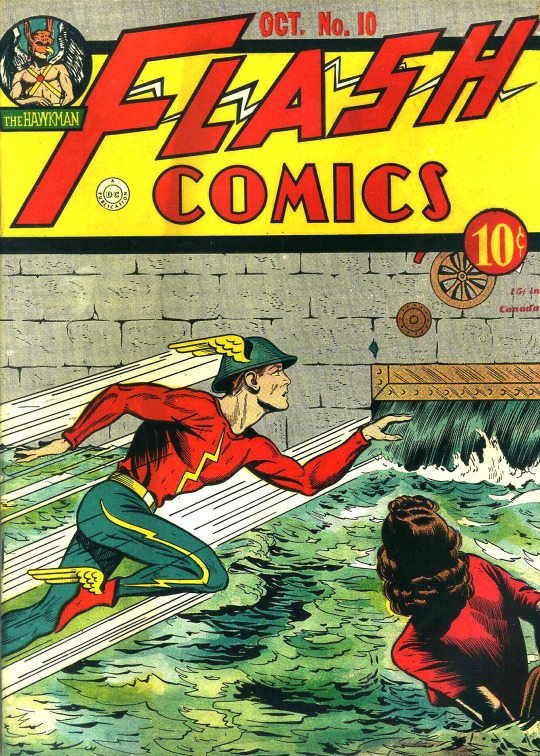
Stargirl: The Lost Children (2022) #4 // Flash Comics (1940) #10. Art by Todd Nauck and Sheldon Moldoff, respectively.
#stargirl: the lost children#flash comics#flash comics 1940#stargirl#courtney whitmore#the flash#flash#jay garrick#judy garrick#todd nauck#sheldon moldoff#dc#dc comics#dcedit#comicedit#comicsedit#u can reblog
703 notes
·
View notes
Text

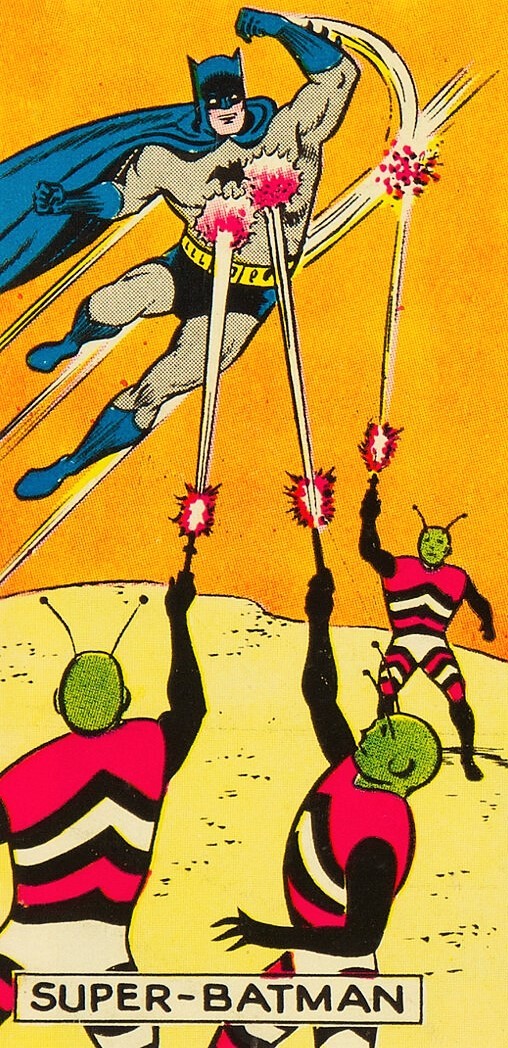
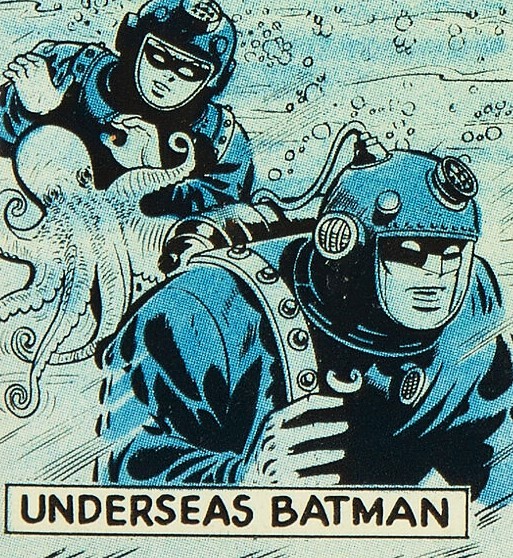

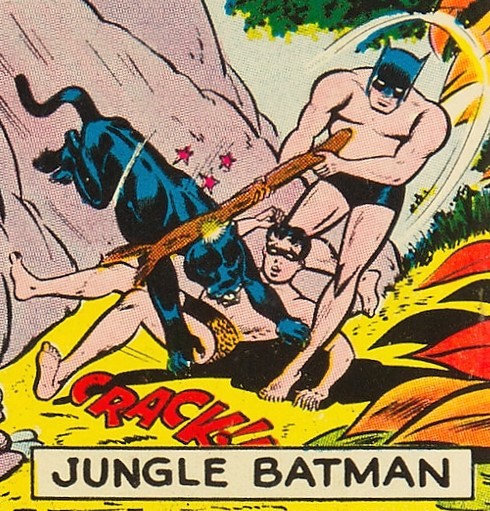
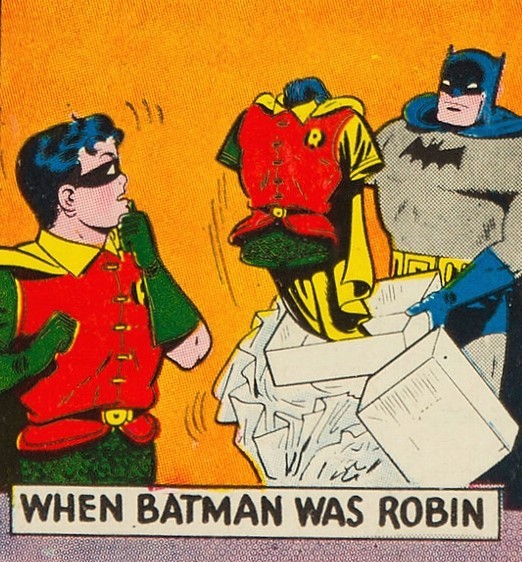

Batman and Robin in Their Most Thrilling Action Roles! - art by Curt Swan, Sheldon Moldoff and Dick Sprang (1961)
#curt swan#sheldon moldoff#dick sprang#batman and robin#dc comics#comic art#cover art#giant batman annual#sixties#1961
162 notes
·
View notes
Text

Batman #104 (1956), cover by Sheldon Moldoff.
#batman#sheldon moldoff#kaiju#robin#1956#1950s#comics#comic book#comic book art#comic books#art#illustration
124 notes
·
View notes
Text

Batman #122 (1959) by Bill Finger & Sheldon Moldoff
#kathy kane#bruce wayne#dick grayson#batwoman#batman#katherine kane#richard grayson#robin#bill finger#sheldon moldoff#50s comics#50s#comics#dc#dc comics#bat signal
59 notes
·
View notes
Text
Happy Wonder Woman Day!










#dc comics#wonder woman#jose luis garcia lopez#norm breyfogle#adam hughes#bruce timm#sheldon moldoff#rich buckler#alex toth#michael cho#evan doc shaner#dan mora
95 notes
·
View notes
Text
Mr Freeze (as Mr Zero) first appeared in Batman 121#, cover date February, 1959. He was created by Dave Wood and Sheldon Moldoff. ("The Body in the Bat-Cave", "Crime Rides the Rails", "The Ice Crimes of Mr. Zero", Batman 121#)
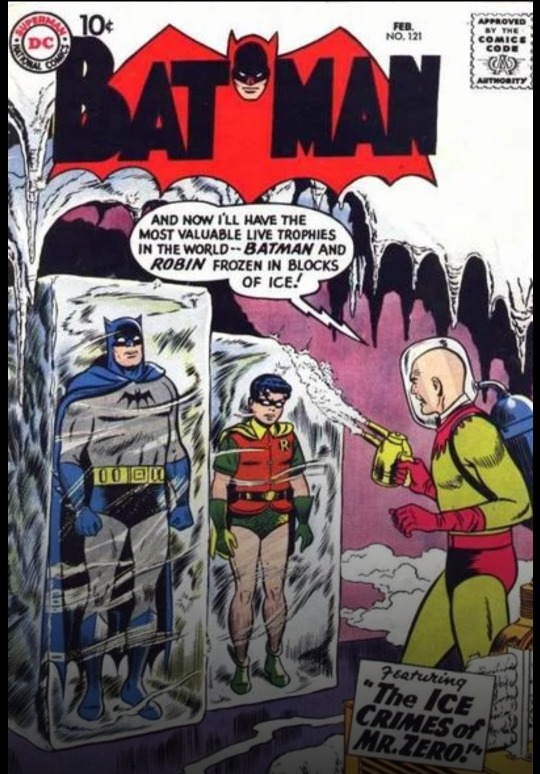
#nerds yearbook#first appearance#real life event#dc#dc comics#february#1959#mr freeze#victor fries#mr zero#dave wood#sheldon moldoff#batman#robin#bill finger#vigilante
27 notes
·
View notes
Text

Classic Comic - Detective #254 (1958) - Bat-Hound cover and story. Cover by Sheldon Moldoff - ComicsPriceGuide.com
#detective comics#batman#batman and robin#ace the bathound#bathound#1958#1950s#50s#50s comics#comic book covers#sheldon moldoff#robin#bruce wayne#dick grayson
21 notes
·
View notes
Text
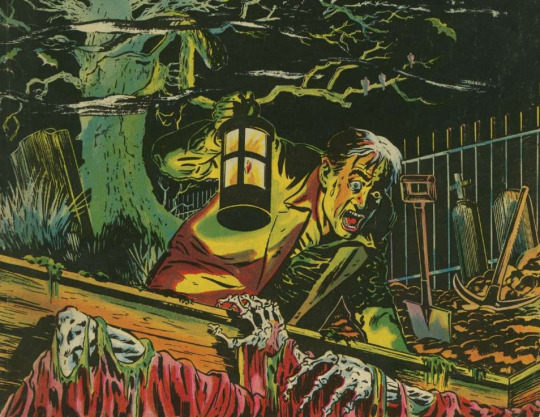
Sheldon Moldoff - This Magazine Is Haunted #1
97 notes
·
View notes
Text

“Menaced”
Sheldon Moldoff
27 notes
·
View notes
Text

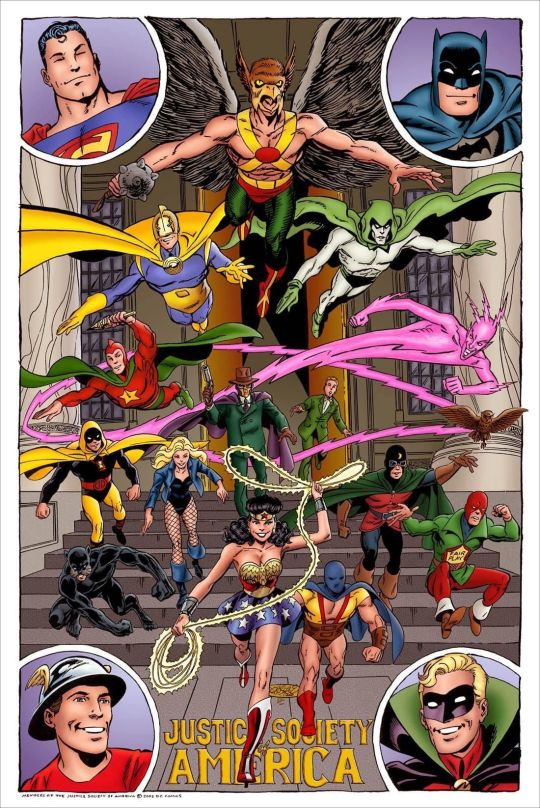
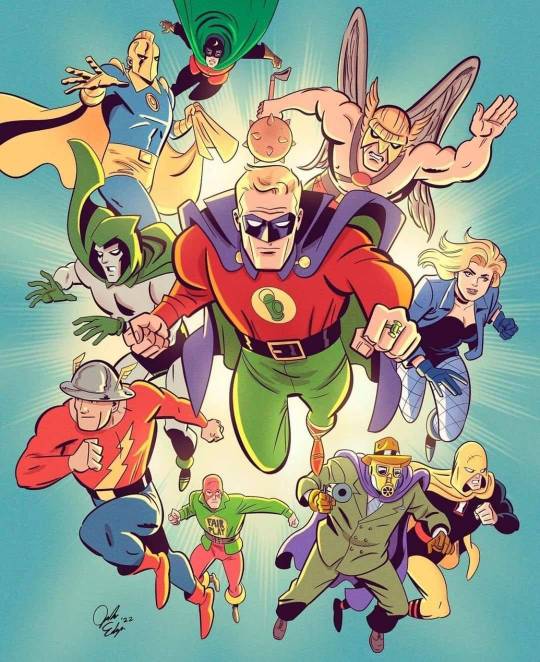


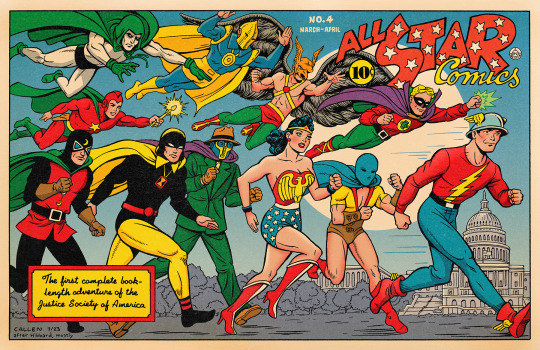
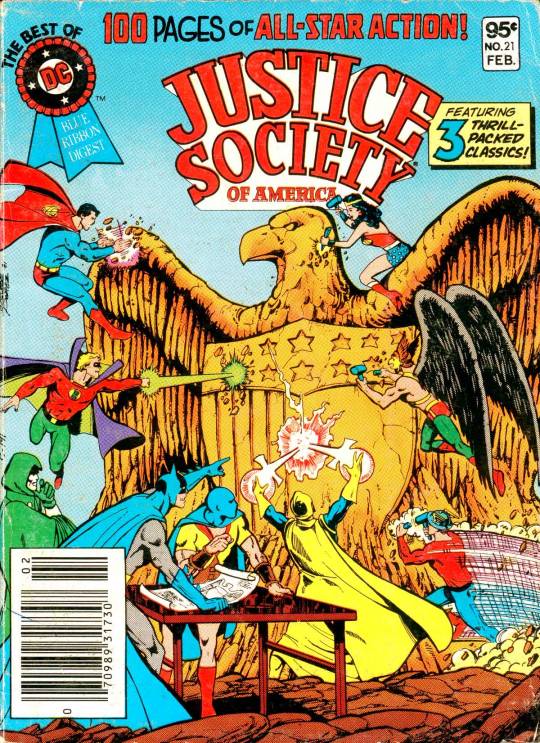
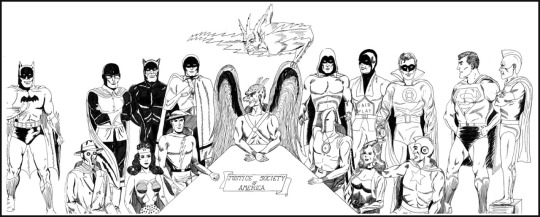

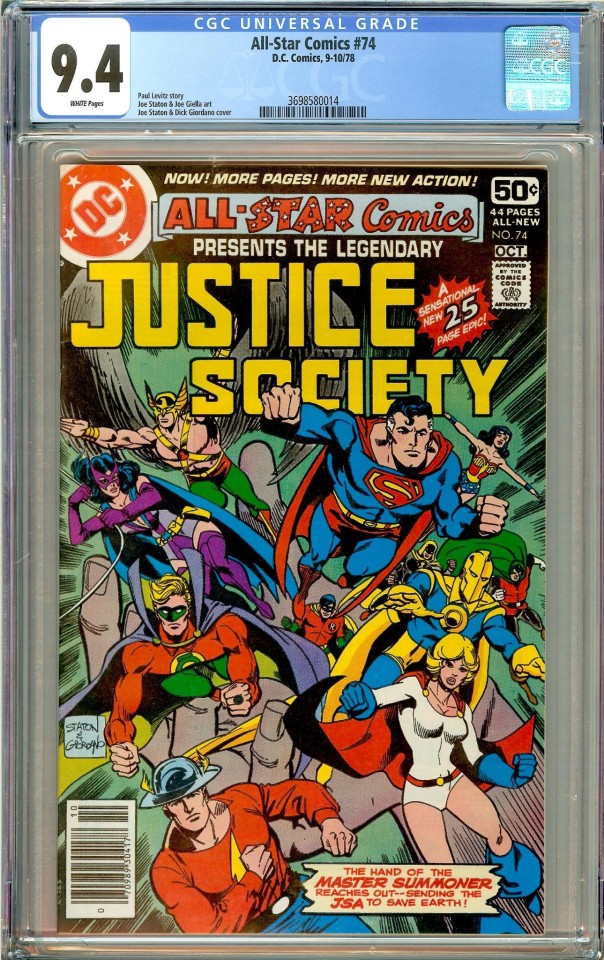
The Justice Society Of America
Art by...
1) E.E. Hibbard
2) John Byrne
3) Jacob Edgar
4) Sheldon Moldoff
5) Dan Hipp
6) Kerry Callen
7) George Pérez
8) Linda Pardee
9) Alex Ross
10) Joe Staton And Dick Giordano
#Comics#DC Comics#Justice Society Of America#Justice Society#JSA#Alex Ross#John Byrne#George Pérez#Dan Hipp#Sheldon Moldoff#EE Hibbard#Jacob Edgar#Kerry Callen#Joe Staton#Dick Giordano#Linda Pardee#Art#DC
22 notes
·
View notes
Text
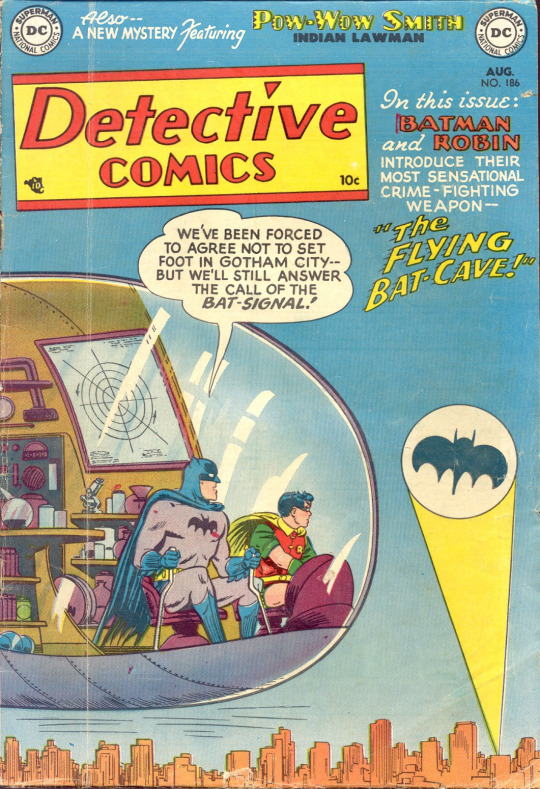
August 1952. One of the more remarkable things about Golden Age and Silver Age Batman stories is that the vast array of gadgetry Batman and Robin used was not originally created with merchandising in mind. There was some Bat-licensing in the 1940s and 1950s (you can see examples in Chip Kidd's 1996 book BATMAN COLLECTED — if you squint enough to decipher any of it through Kidd's pretentious production design), but it was not until after the debut of the 1966 TV show that the Bat-floodgates really opened — and it wasn't until much later that amazingly toyetic concepts like the Flying Batcave were translated into toys and collectibles.
The focus of the original Flying Batcave story is actually on the promise to which Batman alludes on the cover: At the beginning of the story, gangster Diamond Lang captures Robin and threatens to kill him unless Batman signs a written pledge that he "won't set foot in Gotham for a week." Batman responds by rolling out this enormous rotary-winged temporary headquarters (which is big enough that it actually carries some of the trophies from the Batcave, including the giant penny) and using an array of gadgets ranging from enormous cameras to powerful electromagnets to thwart crime in Gotham from the air. He even testifies against Lang in court via special closed-circuit TV link.
Why Batman goes to this much trouble is never very clear — it's not like Lang would have any legal recourse against him for breaking the agreement, which was made under duress, and Lang has, rather nonsensically, already fulfilled his end of the bargain by releasing Robin — but the crooks and the public take it as an article of faith that Batman would never break his word, however silly. Batman does, however, violate the spirit of the agreement pretty egregiously, including diving into the river in scuba gear to capture some thieves escaping through the drainage tunnels and finally parachuting onto the roof of a Post Office building, which he's quick to note is federal property and technically outside the bounds of Gotham City.
An "improved" Flying Batcave appeared in a story in DETECTIVE COMICS #317, 12 years later:

This time, there's no legalistic pretense for employing the flying headquarters; Batman and Robin take it out to visit a police convention in Center City and then use it to capture the intercity Condor Gang.
In 2016, Eaglemoss Collectibles produced a die-cast Flying Batcave as part of its "Special Batman Automobilia" collection. I've never seen one in the metal, but I kind of wish I had one.

(I feel like this should really have little figures of Batman and Robin at the controls, but this is perhaps nitpicking.)
#comics#detective comics#win mortimer#sheldon moldoff#batman#robin#robin the boy wonder#batcave#eaglemoss#you can tell i'm not a fan of chip kidd#i get what he's going for with his design aesthetic#i just hate it
37 notes
·
View notes
Text


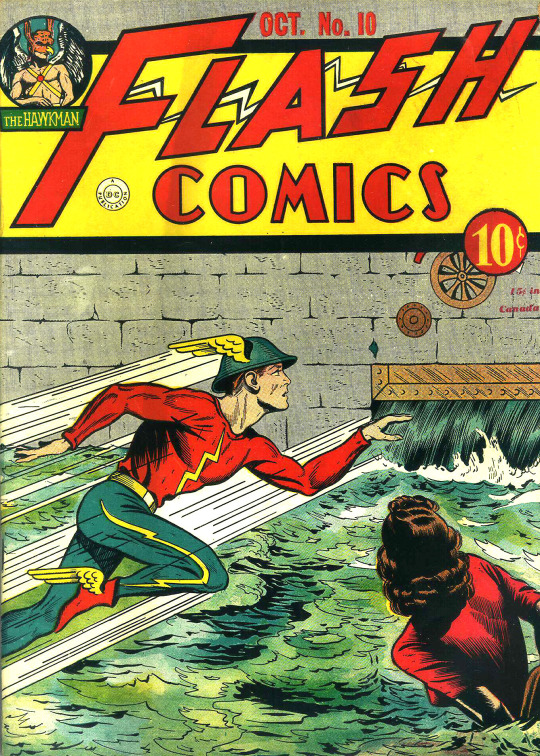


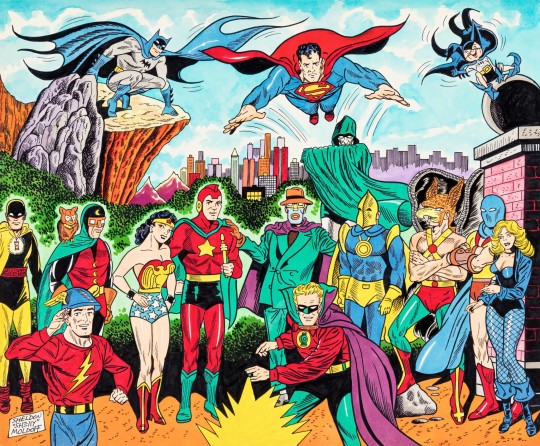
Remembering the late Sheldon Moldoff on his birthday.
12 notes
·
View notes
Text
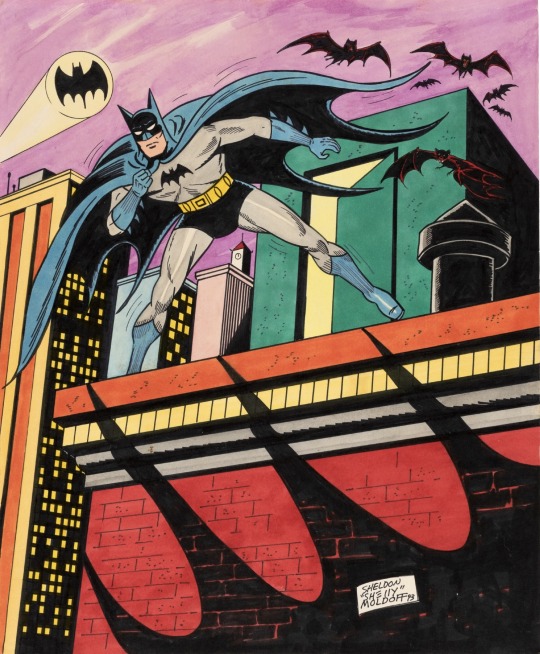
Batman by Sheldon Moldoff
#sheldon moldoff#batman#Bruce Wayne#art#artwork#dc comics#the caped crusader#the dark knight#golden age batman#dcu#dc universe#dc superheroes#dc heroes
29 notes
·
View notes
Text

Action Comics #334 (1966)
Cover by Curt Swan and Sheldon Moldoff
#action comics#curt swan#sheldon moldoff#vintage#1966#1960s#comics#comic book#comic book art#comic books#art#illustration#supergirl
121 notes
·
View notes